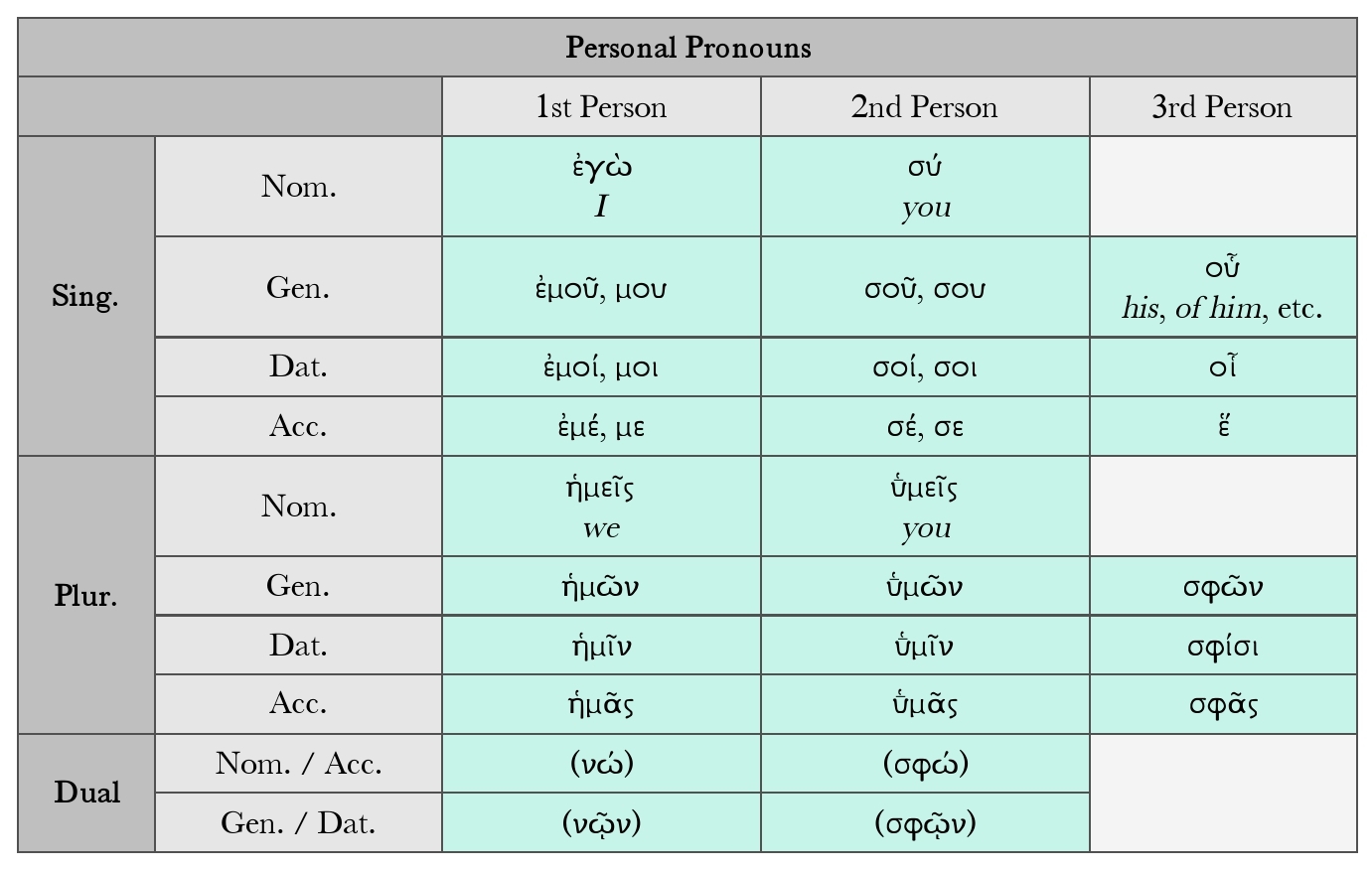Personal pronouns are words that are used to replace nouns in a sentence. They help make sentences less repetitive and more concise. It is important to understand the different types of personal pronouns and when to use them correctly in order to communicate effectively.
In English, there are several types of personal pronouns, including subject pronouns, object pronouns, possessive pronouns, and reflexive pronouns. Each type serves a specific purpose in a sentence and helps to clarify who or what is being referred to.
Personal Pronouns Chart
| Subject Pronouns | Object Pronouns | Possessive Pronouns | Reflexive Pronouns |
|---|---|---|---|
| I | Me | My/Mine | Myself |
| You | You | Your/Yours | Yourself |
| He | Him | His | Himself |
| She | Her | Her/Hers | Herself |
| They | Them | Their/Theirs | Themselves |
Subject pronouns are used as the subject of a sentence, while object pronouns are used as the object of a verb or preposition. Possessive pronouns show ownership, and reflexive pronouns are used when the subject and object of a sentence are the same.
It is important to use personal pronouns correctly in order to avoid confusion in your writing. By referring to the personal pronouns chart, you can ensure that you are using the right pronouns in the right context.
Remember to pay attention to the pronoun’s function in the sentence and match it to the appropriate personal pronoun from the chart. Practice using personal pronouns in different contexts to improve your understanding and fluency in English.
Overall, personal pronouns are essential tools for effective communication in English. By mastering the use of personal pronouns and referring to the personal pronouns chart when needed, you can enhance the clarity and precision of your writing and speech.
